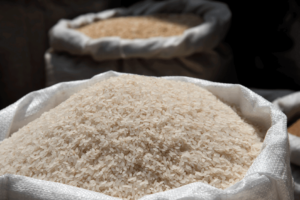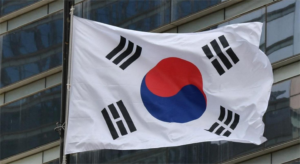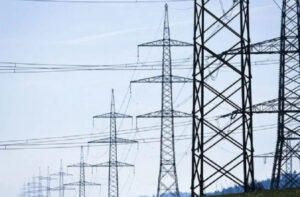Menu
Rice Inflation Hits 14-Year Peak in the Philippines Amid Global Price Surge
- Junnel G
- February 6, 2024
- 6:01 pm

The Philippines is grappling with a sharp rise in rice prices, marking a new 14-year high in rice inflation as reported by the Philippine Statistics Authority (PSA). In January, the rate surged to 22.6%, up from 19.6% in December 2023, reaching levels not seen since March 2009.
PSA chief Claire Dennis Mapa attributed this dramatic increase to significant global market prices and a low base effect stemming from the first half of 2023 when rice inflation was comparatively lower. This trend is particularly noticeable in the average price increments for the three main rice classes: regular milled, well-milled, and special rice. For instance, the price of regular milled rice jumped by 25.4% year-on-year, reaching P49.65 per kilogram in January 2024 from P39.60 per kilogram in January 2023.
The Department of Agriculture (DA) echoes these concerns, acknowledging the continuous uptrend in rice prices. With global market forces at play and the looming impact of the El Niño phenomenon, there’s an expectation for rice inflation to hover around 20% or even higher until July.
To address the situation, National Economic and Development Authority (NEDA) Secretary Arsenio Balisacan emphasized the ongoing efforts by the DA to monitor and guide government action in mitigating food production issues. A Memorandum of Understanding with Vietnam has been signed to secure a continuous supply of 1.5 to 2 million metric tons of rice annually, aiming to stabilize the supply and prices of rice in the Philippines.
Furthermore, the government is adopting proactive measures to manage the impending challenges posed by El Niño. This includes importing key commodities to stabilize supply and prices, while ensuring fair returns for local producers. The DA also assures that the ongoing rice harvests, expected to peak in March and April, may offer some relief by slightly reducing rice prices during the harvest season.
The commitment from Vietnam to supply at least 2.5 million metric tons of rice provides a buffer against the potential adversities of El Niño and other calamities. Additionally, the DA is investing in the expansion and enhancement of farming areas, focusing on irrigation and facility improvements to minimize post-harvest losses.
This multi-faceted approach reflects the government’s dedication to managing the rice price inflation effectively, ensuring a balanced response that caters to both consumers’ needs and local producers’ welfare.
#Top Tags COVID Covid-19 Technology Finance Investing Sustainability Economy

Subscribe to Our Newsletter and get a free pdf:



















Comments are closed for this article!